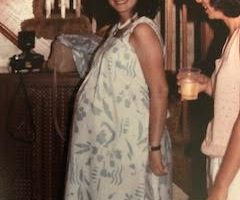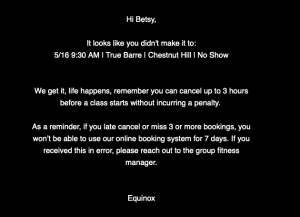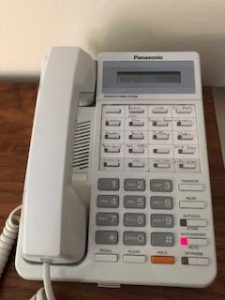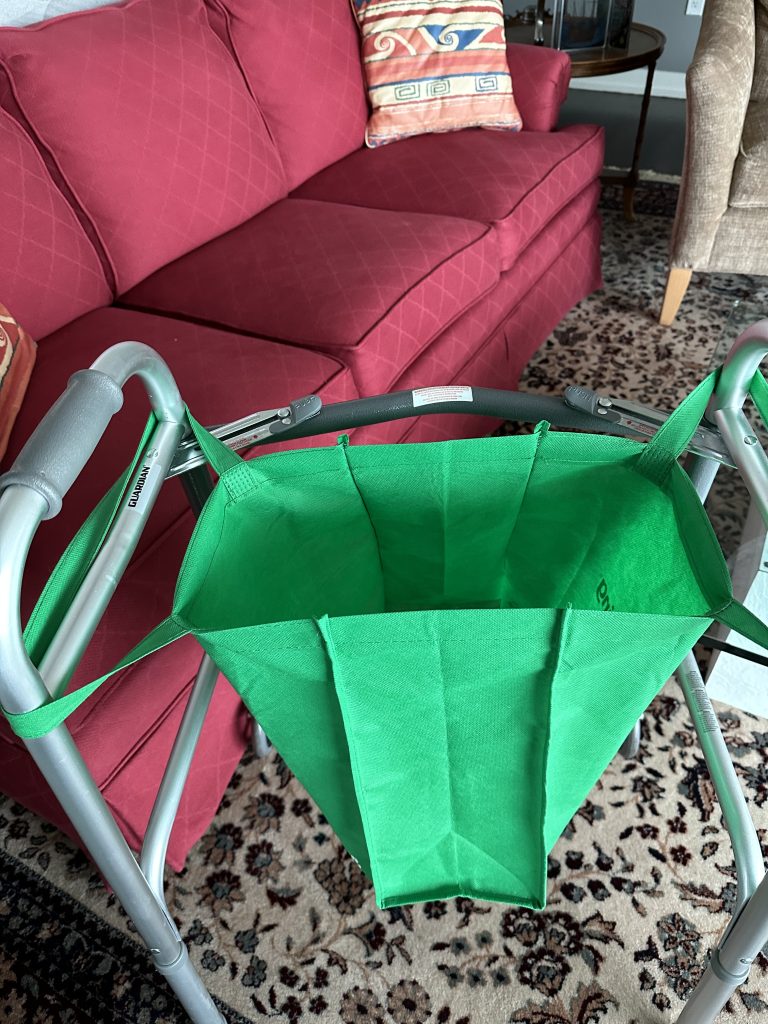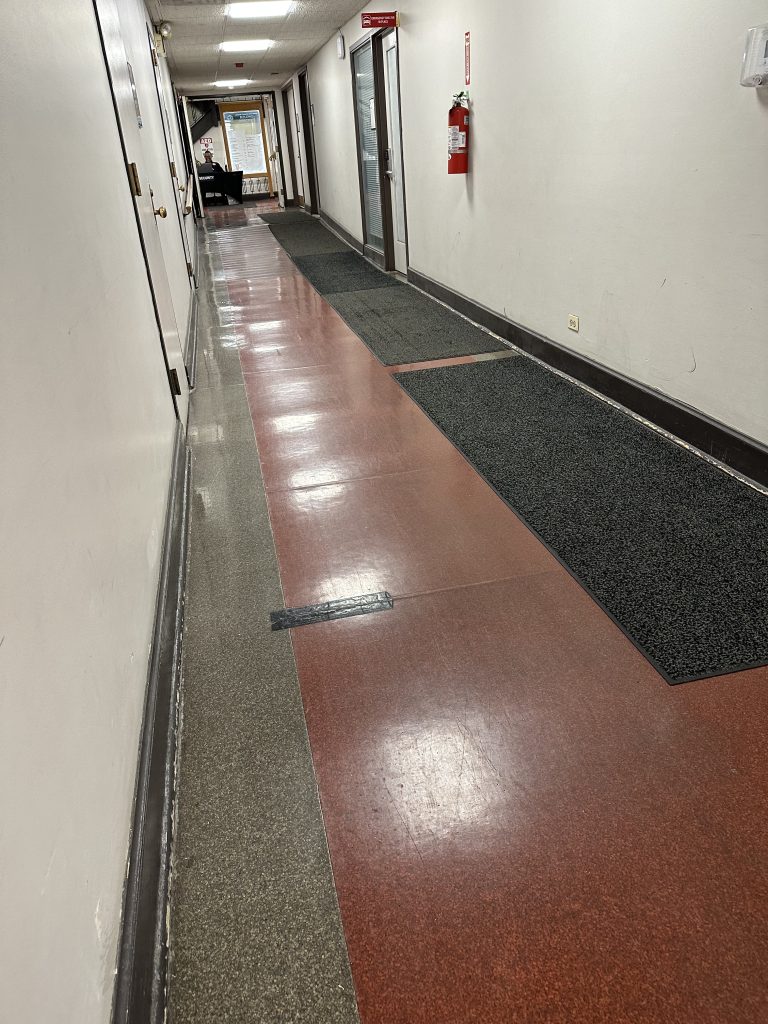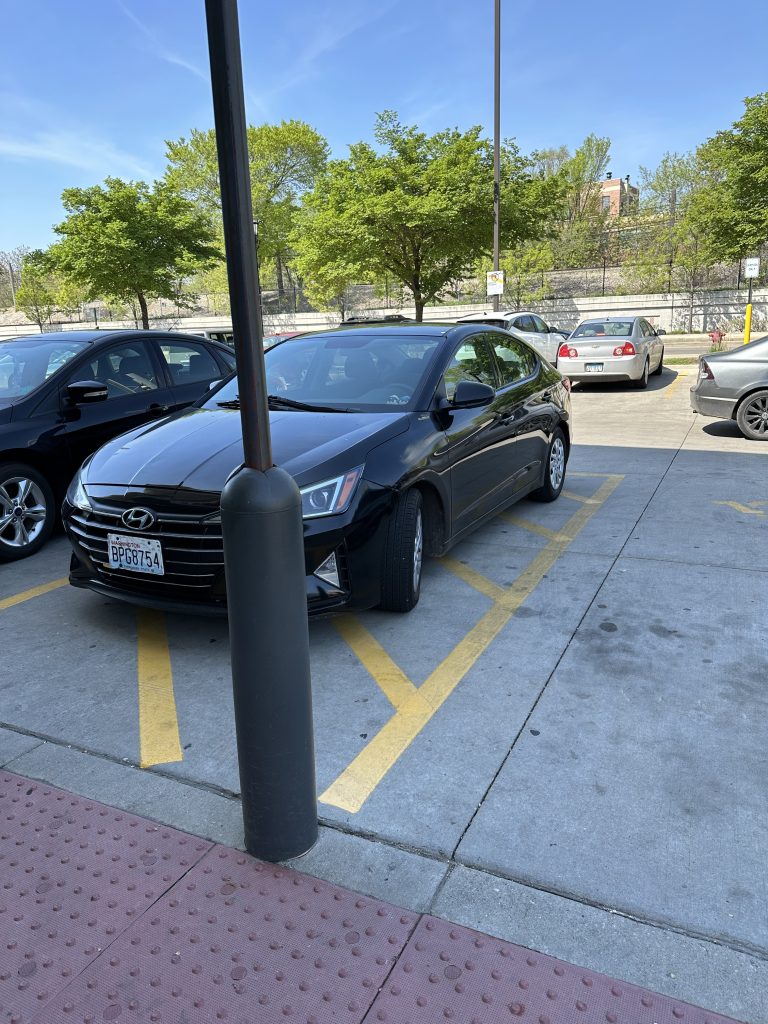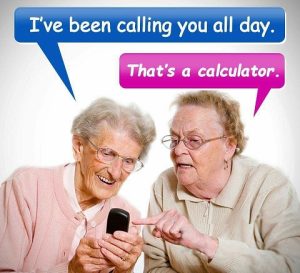Something one must remember about me is the environment in which I was raised. My mother had serious mental health issues. My father didn’t want to upset her and instructed us to do the same. We all took a lot from her and that became the norm, until I blew up and fought back, screaming at her, closing my door to keep her out, never confiding in her. But that was the exception, not the rule. I was usually docile and obedient, never the trouble maker. I saw my father tolerate her verbal abuse until my brother and I were safely grown when he finally could no longer stand it and he divorced her. But that’s another story. So the peace-keeper is embedded in my core personality.
As I ventured out in the world, it was difficult for me to stand up for myself. It was not learned behavior. I married immediately after college graduation and became a dutiful spouse.
The first instance of showing backbone was during that summer of 1974, immediately after marriage. I applied for teaching positions in suburban Boston. I easily got certified in Secondary Speech (having been a Theatre Major). Getting the all-important English certification was more difficult. Though I took lots of literature courses, most of them were referenced on my transcript as Theatre courses (Shakespeare, for instance, could be either, but I registered it as a ThA course, to satisfy requirements for my major). I actually only had one straight English course on my transcript. I wrote a pointed letter to the Massachusetts Board of Education, noting ALL the literature I had read – the classics in my Humanities course, SO much Theatre literature from the earliest Greeks through Ibsen, and so on. I quickly received that all-important English certification as well, though I never got a teaching job. As noted in earlier stories, I went to work in the tech sector and never looked back. Still, I stood up for myself.
When I interviewed at ASI in March of 1978, I very much wanted that sales position. I had no experience, but made the pitch that my acting credentials made me a good public speaker, being a stage manager showed I had great follow-through and besides, I could laugh and cry on cue and would use that to my advantage too. The VP of Sales liked that argument and I got the job offer the next day. Those who know me as a professional cannot believe that I am not always that determined in all aspects of my life. I was fearless as a sales rep. But not so in my home life – a throwback to deferring to my mother to keep the peace in the household.
I suppose leaving by myself for Chicago to take that sales job was a big leap. I told Dan that I was going to take that job. He could come with me, or not. He chose not. We commuted for 16 months. We saw each other every 2 or 3 weekends. Each visit was like a honeymoon and we had a wonderful time. I had never lived on my own. I kept within a tight budget. But I also had a very close friend nearby. She and her family became my family. I saw her every week and her mother took care of me in ways that my own mother never did. While I worked very hard, I also felt nurtured and protected.
Another famous sales moment (that I wrote about for a previous prompt) was getting a contract two weeks before my due date for David in the summer of 1985 at Combustion Engineering in Stamford, CT. My manager (who had come through a difficult divorce, so became skeptical of women) decided to go on a call with me just before the 4th of July holiday. This was our first time out together, though I had worked for the company for nine months. I did all the talking, it went well, he was impressed. My main contact called the next week to say it was a done deal. This would be a big contract. But he called the following week to say the Senior VP (who hadn’t bothered to show up when I made the presentation) wanted to see the product before signing – would I come and present one last time? I was now within two weeks of my due date and HUGE (see the Featured photo – that is the dress I wore to the appointment). My contact assured me this was merely a courtesy call. The contract WOULD be signed. I told him my water could break at any time and my husband would not be please if it broke on the leather seat of the BMW. We understood one another.
Of course, the A/C broke in the BMW the night before, right after our Lamaze class, so I was a mess when I finally arrived after my 2 1/2 hour drive. I carried 45 pounds of computer equipment and needed help getting it out of my car. I went to wash up in the ladies room before setting up. The presentation went well. The VP was about to sign until he asked what version of the operating system were we running, and what version were they running. We were one version ahead of them and we didn’t know the implications. He got up and left. I was FRANTIC! I called my office, spoke with the head of development who was willing to write into the contract that we would guarantee to make our product run on their version of the operating system. I turned to my contact to see if he was satisfied, which he was. Now he had to get the VP back for the signature. I said, “I hope you are prepared to deliver this baby on this conference room table because I am not leaving without that signed contract”. Great closing line, but one doesn’t get many opportunities to use it. I did sit there for hours, but I came away with the signed contract. Tenacious.
A few months ago I wrote about a terrible car accident I had on the Mass Pike in my BMW 540i. I was injured and as I was being strapped onto the gurney by the EMT, I noticed the State Trooper putting a ticket in my tote bag. He told me that “someone had to pay for the guard rails” (if I was at fault, then my insurance paid; if not at fault, the state paid). I fought that ticket from the magistrate (who ruled against me) to the judge, who ruled in my favor. I really stood up for myself that time.
Just before I left for Martha’s Vineyard for the season, I had a run-in with my gym.
This was absolutely NOT true. I immediately sent an email to the gym manager and head of group fitness with the time of my arrival and details about running into the instructor coming into the locker room, how many mats were set up when I got into the studio, who I spoke with before class and giving a fond farewell to the instructor, who I really like, as this would be my last Barre class before leaving for the Vineyard five days later. Karen, head of group fitness, answered the email a few moments later, apologized and said my account would be corrected. In my 10 years of membership at Equinox, this has never happened to me.
So when it matters, I do stand up for myself. But normally, I go along to get along. I don’t make waves.


